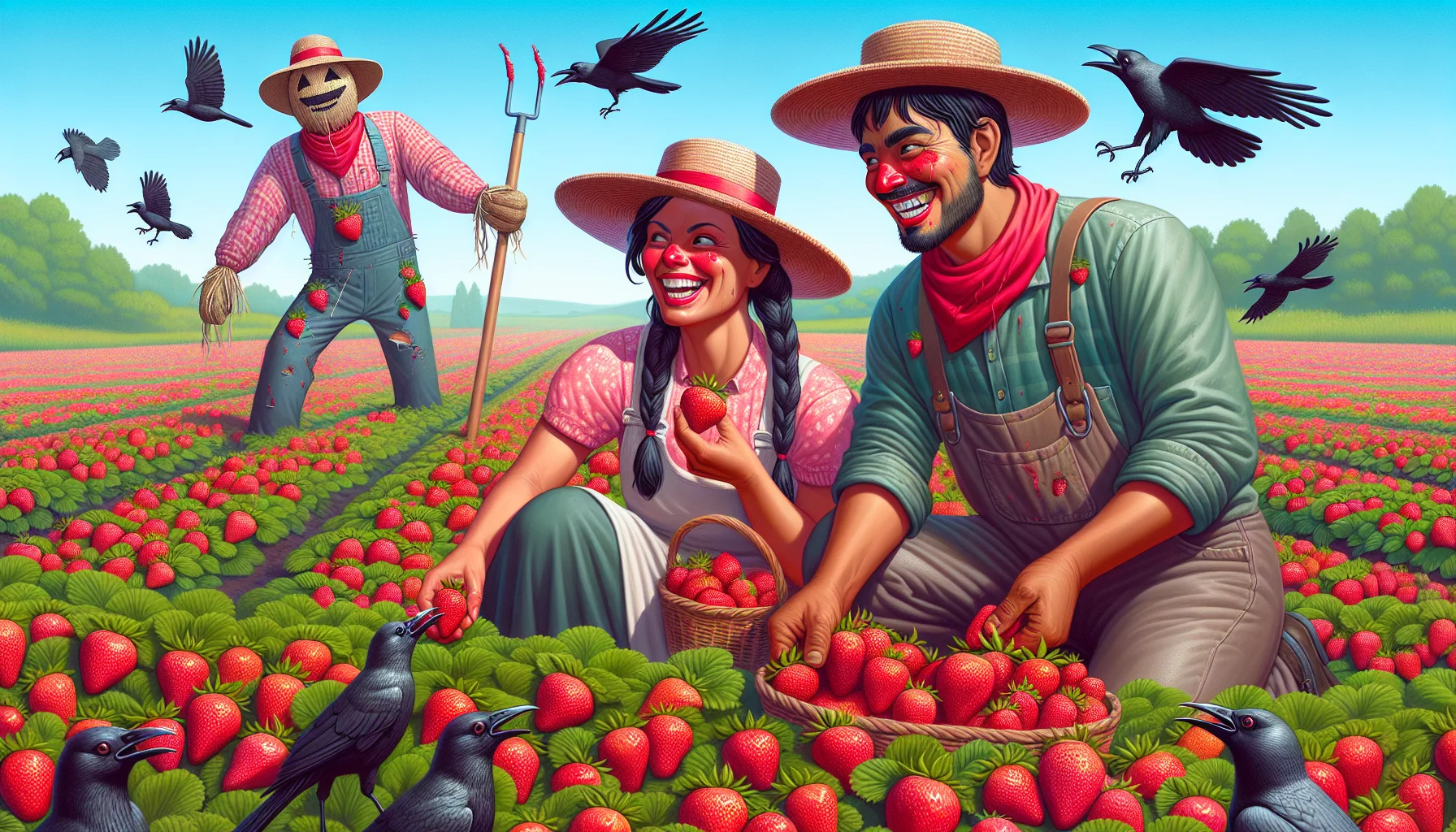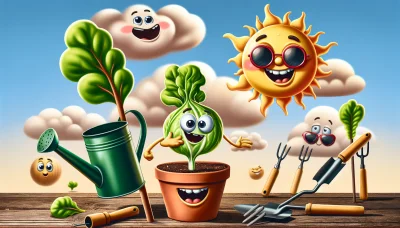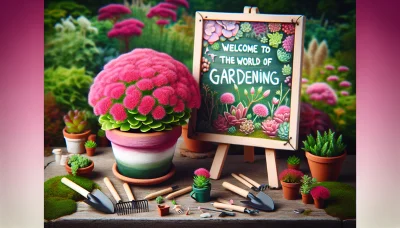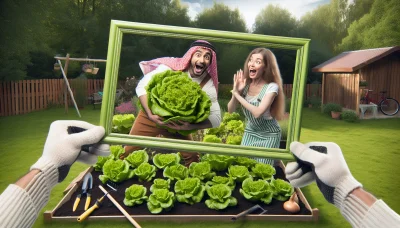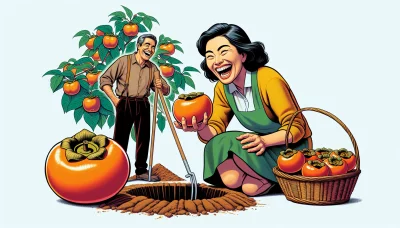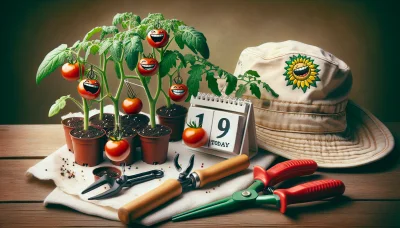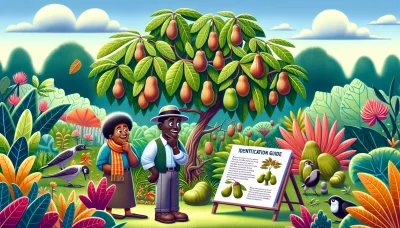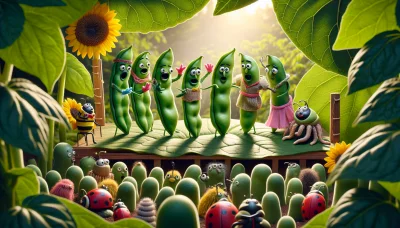How to harvest strawberries Quiz
Test Your Knowledge
Question of
How to Harvest Strawberries: A Beginner's Guide
Harvesting strawberries from your own garden can be a delightful and rewarding experience. Not only does it provide you with fresh, juicy berries right from your backyard, but it also introduces you to the simple pleasures of gardening. Whether you're a seasoned green thumb or just getting started, this guide will help you understand the basics of strawberry harvesting, ensuring you get the most out of your berry patch. From knowing the right time to pick to enjoying the fruits of your labor, we'll walk you through the process step by step.
Choosing the Right Time to Harvest
To determine when strawberries are ripe and ready for harvesting, look for berries that are fully red, with no white or green areas at the tip. The berries should be plump, firm, and give off a sweet fragrance. The best time of day to harvest strawberries is in the morning after the dew has evaporated but before the day gets too hot. This ensures the berries are not only ripe but also at their peak in terms of flavor and texture.
The Proper Technique for Picking Strawberries
To ensure you pick strawberries without harming the fruit or plant, follow these steps: First, when you locate a ripe strawberry, use your fingers to gently grasp the stem just above the berry. Instead of pulling directly on the fruit, pinch the stem between your thumb and index finger, and twist it to sever the connection. It's important not to tug hard, as this can damage the plant or cause the berry to crush if it's particularly ripe. Once the stem breaks, carefully lift the strawberry away. Remember, the goal is to leave the plant as undisturbed as possible, ensuring it continues to produce more berries.
Tools and Equipment Needed for Strawberry Harvesting
- Gloves
- Baskets
- Scissors
Post-Harvest Care for Strawberries
After harvesting strawberries, it's crucial to handle them properly to maximize their freshness and extend their shelf life. Begin by gently removing any dirt or debris without washing them, as moisture can promote mold growth. If you must wash them, do so right before consumption. Store the strawberries in the refrigerator in a container that allows for air circulation, ideally in a single layer on a paper towel to absorb any excess moisture. To further prolong their freshness, you can place a sheet of paper towel on top before sealing the container. Avoid removing the stems until you're ready to eat or use the strawberries, as this can also help retain their freshness. For long-term storage, freezing is an option. Wash and hull the strawberries, then freeze them in a single layer on a baking sheet before transferring to a freezer-safe container. This method helps in preserving their flavor and nutritional value for several months.
Common Mistakes to Avoid When Harvesting Strawberries
- Not picking strawberries at the right time: Strawberries should be harvested when they are fully red. Picking them too early or too late can affect their taste and longevity. Check your strawberries daily during peak season.
- Handling strawberries too roughly: Strawberries are very delicate. When picking them, use gentle hands to avoid bruising. Pinch the stem above the berry between your fingers and thumb, then twist to remove.
- Leaving ripe strawberries on the plant for too long: This can attract pests and cause the fruit to rot. Harvest ripe strawberries immediately to maintain the best quality.
- Ignoring the weather: Try not to harvest strawberries right after rainfall when they are wet. This can make them more prone to bruising and rotting. Wait for the berries to dry before picking.
- Not storing strawberries properly after harvesting: Do not wash strawberries right after picking them as this can remove their natural protective layer. Store them in a cool, dry place and wash just before eating.
- Forgetting to check for pests: Before harvesting, inspect strawberries for signs of pests or disease. Discard any affected berries to prevent the spread to healthy ones.
- Overloading the container: Placing too many strawberries in one container can cause the ones at the bottom to be crushed under the weight. Use shallow containers and don’t stack the strawberries too high.
Storing and Preserving Your Strawberry Harvest
| Method | Pros | Cons |
|---|---|---|
| Refrigeration |
|
|
| Freezing |
|
|
| Making Preserves |
|
|
